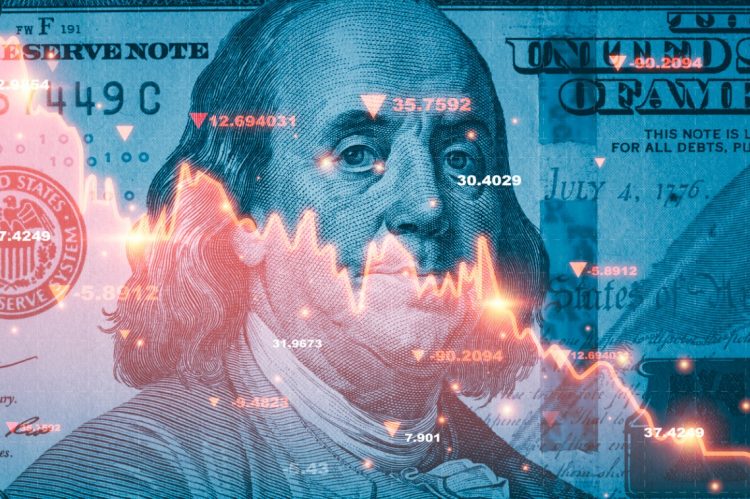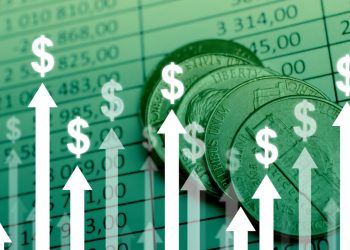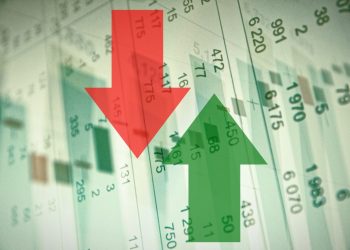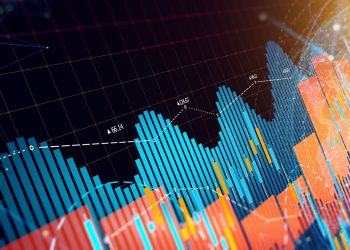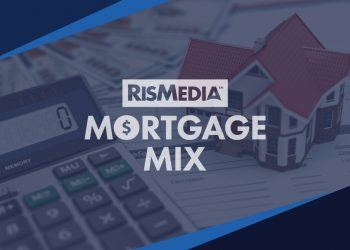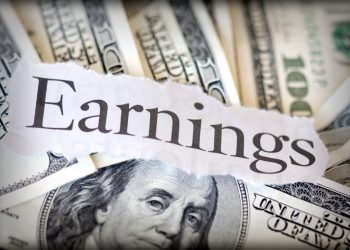The Conference Board Leading Economic Index (LEI) for the U.S., which provides an early indication of significant turning points in the business cycle and where the economy is heading in the near term, declined by 0.2% in June, following a decline of 0.4% (upwardly revised) in May. Over the first half of 2024, the LEI fell by 1.9%, a smaller decrease than its 2.9% contraction over the second half of last year.
“The U.S. LEI continued to trend down in June, but the contraction was smaller than in the past three months,” said Justyna Zabinska-La Monica, senior manager, business cycle indicators, at The Conference Board. “The decline continued to be fueled by gloomy consumer expectations, weak new orders, negative interest rate spread and an increased number of initial claims for unemployment.”
Not all the news is bad, however, even with most of the LEI’s metrics still pointing downward. As the country has so far avoided the kind of economic recession that many economists predicted in the wake of the pandemic and runaway inflation, Zabinska-La Monica said macro signals still point toward recovery rather than a crash.
However, due to the smaller month-on-month rate of decline, the LEI’s long-term growth has become less negative, pointing to a slow recovery. Taken together, June’s data suggest that economic activity is likely to continue to lose momentum in the months ahead. We currently forecast that cooling consumer spending will push U.S. GDP growth down to around 1% (annualized) in Q3 of this year.”
The Conference Board Coincident Economic Index® (CEI) for the U.S. rose by 0.3% in June, after increasing by 0.4% in May. The CEI grew 0.6% over the first half of 2024, about half its growth rate of 1.3% over the previous six months. The CEI’s component indicators—payroll employment, personal income less transfer payments, manufacturing and trade sales, and industrial production—are included among the data used to determine recessions in the U.S.
All four components of the index improved in June, with industrial production making the largest positive contribution to the CEI for the second consecutive month.
The Conference Board Lagging Economic Index (LAG) for the U.S. inched up 0.1% in June to 119.5, partially reversing a decline of 0.2% in May. The LAG’s six-month growth rate rebounded to 1.2% over the first half of this year, substantially higher than its 0.3% increase over the second half of 2023.
The 10 components of the Leading Economic Index for the U.S. are:
- Average weekly hours in manufacturing
- Average weekly initial claims for unemployment insurance
- Manufacturers’ new orders for consumer goods and materials
- ISM Index of New Orders
- Manufacturers’ new orders for nondefense capital goods excluding aircraft orders
- Building permits for new private housing units
- S&P 500 Index of Stock Prices
- Leading Credit Index
- Interest rate spread (10-year Treasury bonds less federal funds rate)
- Average consumer expectations for business conditions



